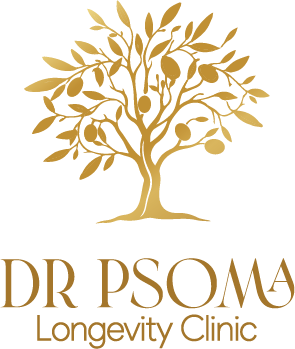TELOMERIC ANALYSIS
Telomeric length analysis: biological age evaluation.
Telomers are DNA structures present at the end of the chromosomes, under the form of TTAGGG tandem repeats. These structures protect the chromosomes from errors that can happen during cell-division cycle and against external and internal damaging agents.
The telomeres shorten in every cell-division cycle and the decreasing of its length is directly associated with aging. In cases of early aging, telomeric length is often detected as shorter than expected, providing information about the degree of cellular aging of the body. Telomeric length is one of the most relevant biomarkers related with body aging. Being able to maintain longer telomeres is related with increased lifespan and retarding the development of age-related diseases.
How is telomere length measured?
Telomeric length is quantified with the quantitative PCR (qPCR) molecular technique, using a sample obtained by a buccal swab or saliva. This process follows strict quality-controlled protocols and is always carried in our certified laboratories. Using this process, it is possible to evaluate the average telomeric length of a patient by comparison with the length of other known regions from his genome. This method has been largely described and used in thousands of patients, being one of the currently most used techniques and with higher repeatability and reproducibility values.
Indications
- •Men and women aged above 30 years old, that are concerned about their aging process and looking for solutions to slow it down.
- • Patients with family history of early aging or development of medical conditions that contribute to it.
- • Patients interested is having a specific and complete follow-up of their aging process during their life.
- • Everyone that would like to obtain an effective and personalized anti-aging treatment.

